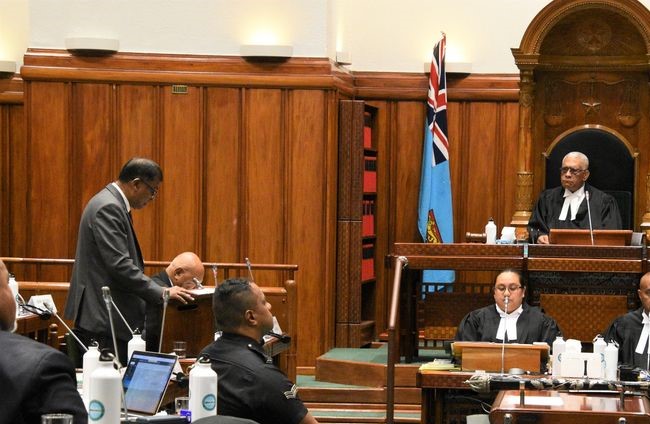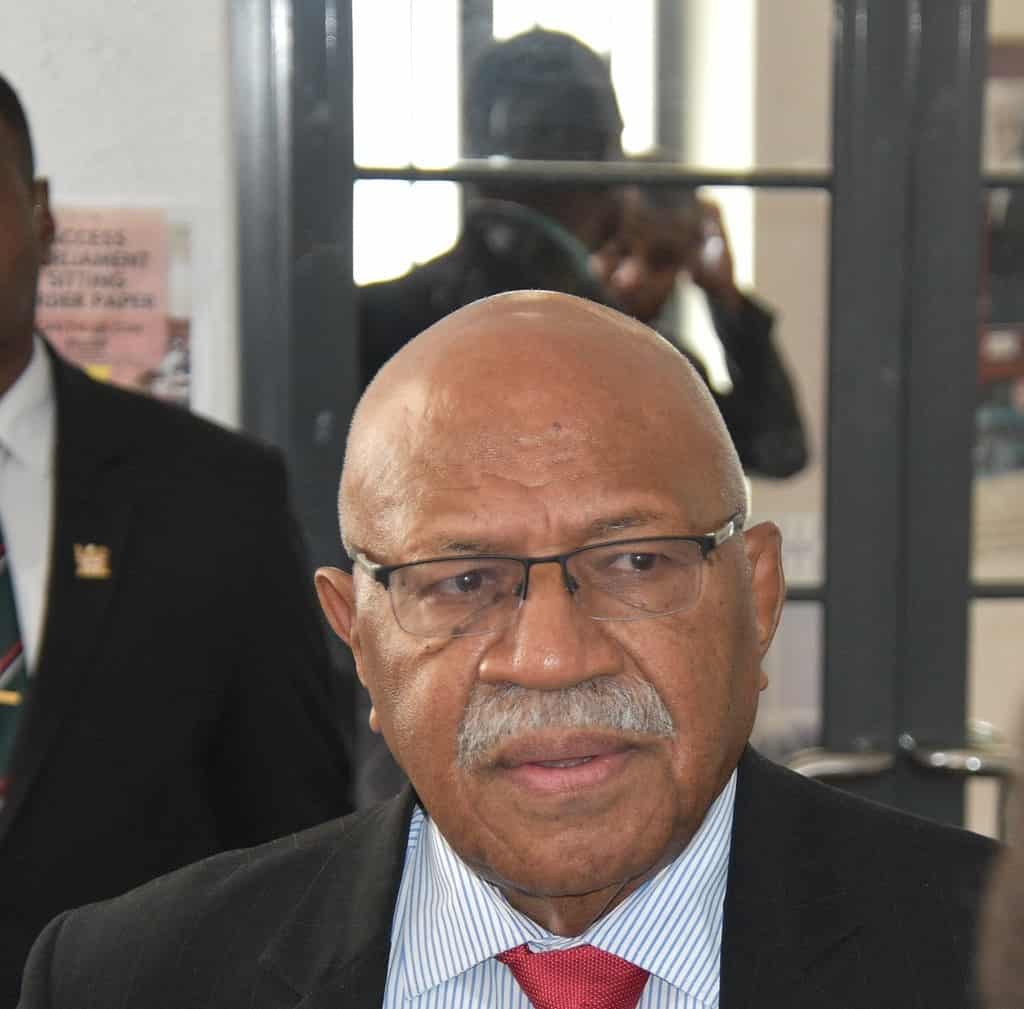Fiji’s Deputy Prime Minister and Minister for Finance, Biman Prasad, today presented a deficit budget in Fiji’s parliament.
With a projected revenue of $3.7 billion, and expenditure of $4.3 billion, the fiscal deficit is set at $639 million dollars, equivalent to 4.8 percent of GDP.
Follow the links for more detailed stories.
“It’s a tough but fair budget” says Finance Minister

Education and health get budget boosts
Allowances for vulnerable groups has also increased
A focus on debt sustainability
Who is Fiji lending from, and how does the government intend to bring down the debt-to-GDP ratio.
Revenue measures and tax reform
A focus on simplifying the tax system: No new taxes but changes in rates flagged.

Prime Minister Sitiveni Rabuka said the budget is “the best we can afford at this time,” and “we have to come out of the difficult situation that we are in. Like a surgical operaton, we cannot do that without drawing blood. It will cause pain, but I believe we have reduced the pain that we should have gone through if we had tried to recover from such a big difficult situation that we have been in.”
Read on for other reactions today.
Key indicators
- The domestic economy is projected to grow by 8% this year, driven largely by tourism and related sectors.
- Year-end inflation is forecast at 2.8%
- Total exports are forecast to grow by 4.8% to $2,433.8 million
- This year the total imports are projected to increase by 3.1% to $6,789 million
- The Current Account Deficit (CAD) is forecast to narrow by 37.1% to $1,187.4 million led by tourism revenues and remittances.
- Inward remittances are projected to grow by 16.3% to $1,209 million by the end of this year. More modest increases are expected in 2024 and 2025.
- Tourism earnings are expected to reach $2,142.3 million this year.
- The total value of Overseas Development Assistance (ODA) expected in FY2023-2024 is $129.3 million; 51.6% of that in cash grants and 48.4% in aid in kind.
